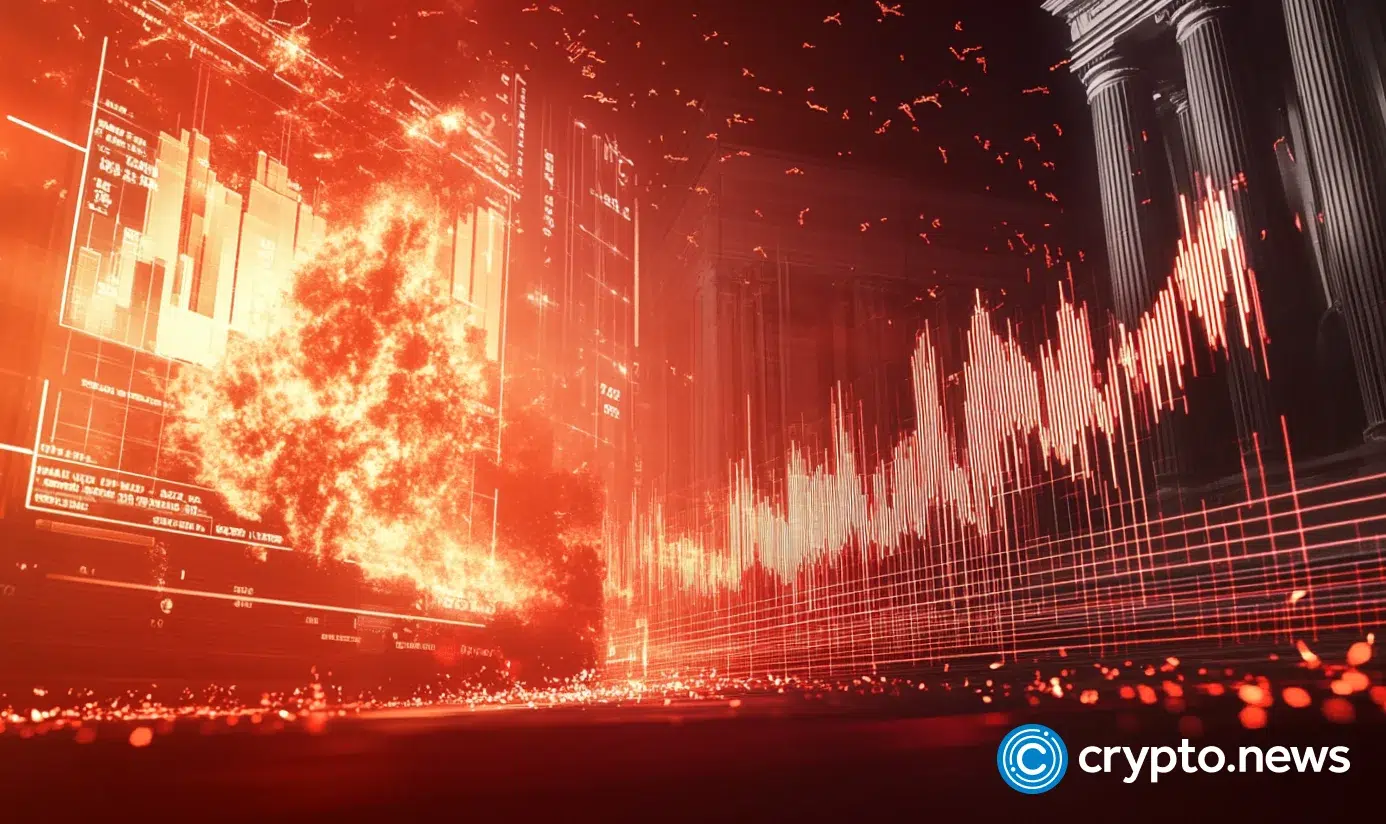The post Top ‘Qualified’ Altcoins To Stack Before The ETF Season Kicks In appeared first on Coinpedia Fintech News
The crypto market is moving into a new phase. With U.S. regulators approving fresh standards for exchange-traded funds (ETFs), a number of leading altcoins are now in line for listings. This could shape how investors position themselves in the months ahead.
SEC Approval Opens ETF Path
The U.S. Securities and Exchange Commission (SEC) has approved the Grayscale Digital Large Cap Fund, which holds Bitcoin (BTC), Ethereum (ETH), XRP, Solana (SOL), and Cardano (ADA). At the same time, the SEC cleared generic listing standards for ETFs across major exchanges, including NASDAQ, NYSE, and CBOE.
This means digital asset ETFs that meet the requirements can now move forward without the long delays seen in past filings. Approvals that once took months could now take weeks.
Altcoins That Qualify
According to analyst Dan, twelve cryptocurrencies currently meet the SEC’s threshold, as they have six months of futures trading on CFTC-regulated markets. They are:
- Bitcoin (BTC)
- Ethereum (ETH)
- Dogecoin (DOGE)
- Litecoin (LTC)
- Bitcoin Cash (BCH)
- Chainlink (LINK)
- Stellar (XLM)
- Avalanche (AVAX)
- Shiba Inu (SHIB)
- Polkadot (DOT)
- Solana (SOL)
- Cardano (ADA)
Cardano only recently cleared the six-month mark, placing it at the edge of eligibility.
What It Means for Altcoins
The total market cap for altcoins, excluding Bitcoin, is showing signs of a breakout after more than a year of consolidation. Ethereum remains important. If it can hold above resistance near $4,700, it could signal strength for the wider market.
However, when Ethereum ETFs launched in July 2024, the price did not climb straight away. Instead, the market went through a period of volatility. A similar pattern could play out again.
Conclusion
ETF approvals are a strong signal for institutional adoption, but prices may not move in a straight line. The current cycle has been steady, with false breakouts followed by pullbacks. Investors will need to track weekly closes and Bitcoin’s dominance to understand where the market stands.
As ETF season approaches, the focus will likely remain on Ethereum, Cardano, Solana, Dogecoin, and Chainlink. These coins, along with others on the approved list, are now positioned at the front of this new phase in crypto markets.
Source: https://coinpedia.org/news/top-qualified-altcoins-to-stack-before-the-etf-season-kicks-in/


